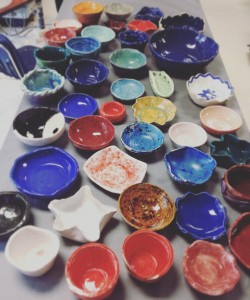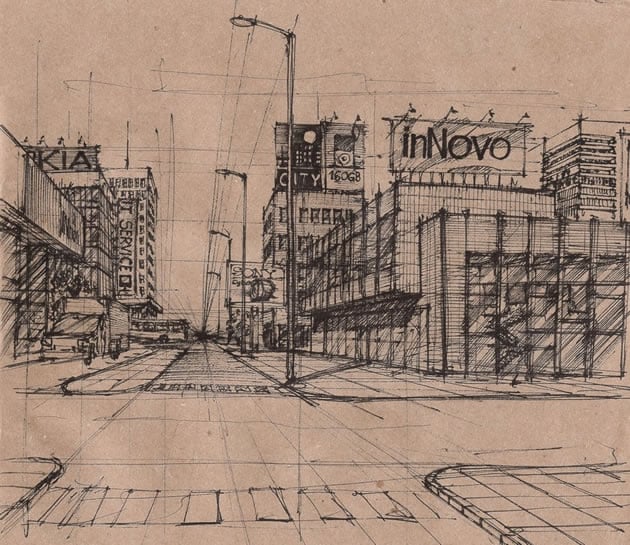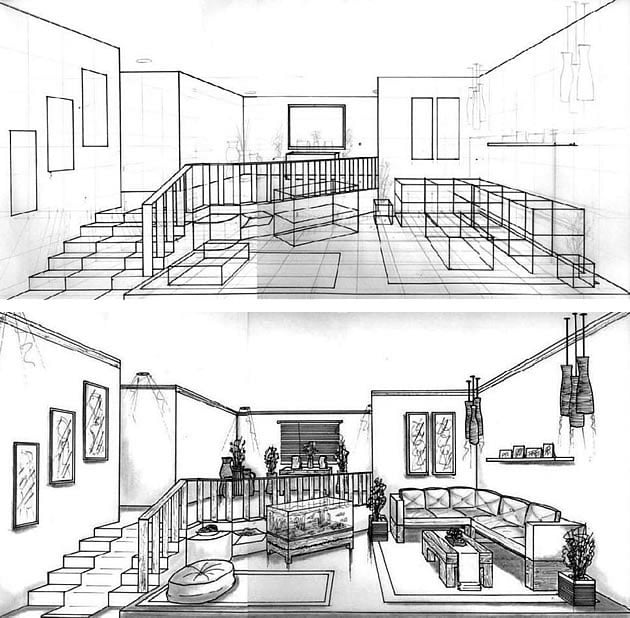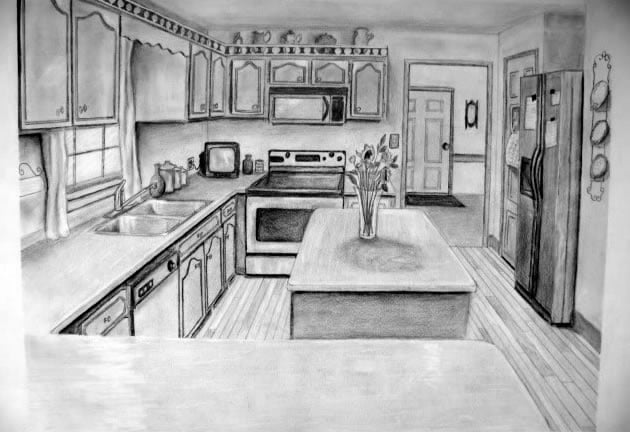As of Monday, Sept. 26, 2016, this is what you should have posted on your blogs:
- Ceramic Stamps
- Pinch Pot Project Sketches
- Artist Blog Post 1
- Artist Blog Post 2
- Photo of your Pinch Pot Project (even if it’s a Work In Progress-WIP).
As of Monday, Sept. 26, 2016, this is what you should have posted on your blogs:
Although some of the concentration ideas are on the previous…this teacher was suggesting that concentrations contain more depth and cautioned against over used themes.
In 2007, over 30,000 AP portfolios were graded in one week. After viewing hundreds of portfolios, it is easy to spot recurring themes. Below is a list of very popular subjects for concentration. There is not a taboo on the following subjects, but a warning that they have been done OVER and OVER. It would be easier to find a new topic rather than find a completely new way to address these tired, overused concentrations. Be creative: think of something specific and unique. If you must use the following ideas, find an exceptional, distinctive approach to them.
provide more focus and depth to the subject and progression of work
* portraits of emotions
* people who shape me
* nature
* memories
* shocking viewers with bizarre
* surrealism
* faces
* flowers
* eyes
* family and friends
* reflective gears
* illustration of inner thoughts
* moments I was happy
* self portraits
* music
* everyday life objects
* goddess/myth
* “different cultures”
* guitars
* reflections
* “ideas of beauty”
* dance
A book by Brené Brown. I am thoroughly enjoying this book that is helping me become more vulnerable and shame resilient. Here are some key points that I think relate to art class in high school.
Composition (0-25 points):
Did you plan your design carefully? Do your eyes line up with your alter ego? Did you employ the elements of art and principles of design?
Craftsmanship/Presentation (0-25 points):
Is the work complete? Are all marks intentional? No rips, tears, smudges, folds, stains, etc. The work needs to be presented properly. Folds in poster board are clean and evenly spaced. No heavy glue around the edges.
Following Directions (0-25 points):
Did you follow the criteria to complete the piece? Did you use most of your time to make improvements when needed?
Design Concept (0-25 points):
Did you create an original composition? Is plagiarism of imagery involved? How aesthetically pleasing or visually interesting is the work?

North Texas Food Bank Facebook
Empty Bowls is a fundraiser for the North Texas Food Bank. People pay to attend and pay extra to get a handmade bowl specifically made and donated by area schools and artists. They have an auction for the really awesome bowls and vases donated to the cause. People come and enjoy food from vendors and pick out their bowls and give money to feeding the hungry. We are going to participate this year in making bowls for this occasion. The bowls need to have smooth edges (nothing left sharp) and be finished in some way with glaze, paint, or stain. They need your signature on the bottom and will represent your school.
Create at least 2 bowls with smooth edges and finished with glazes. Preferably ^6 (cone 6) glazes for durability. Pick the best one to donate to Empty Bowls.






Drawing a cityscape in one-point perspective includes a horizon line, vanishing point, and being able to find the center of objects that point towards the vanishing point.

This drawing shows how to draw details in the road like sidewalk and crosswalks.

Cityscapes tend to be boring and lifeless, but once mastered can spring to life like this drawing above.
Today we will learn how to draw a room in perspective like the video below. You will then be able to create other interior spaces.

Above we see a space that was mapped out beforehand in the picture above and details filled in below as they are complicated shapes and need to all be placed before finishing.


These videos will also come in handy: